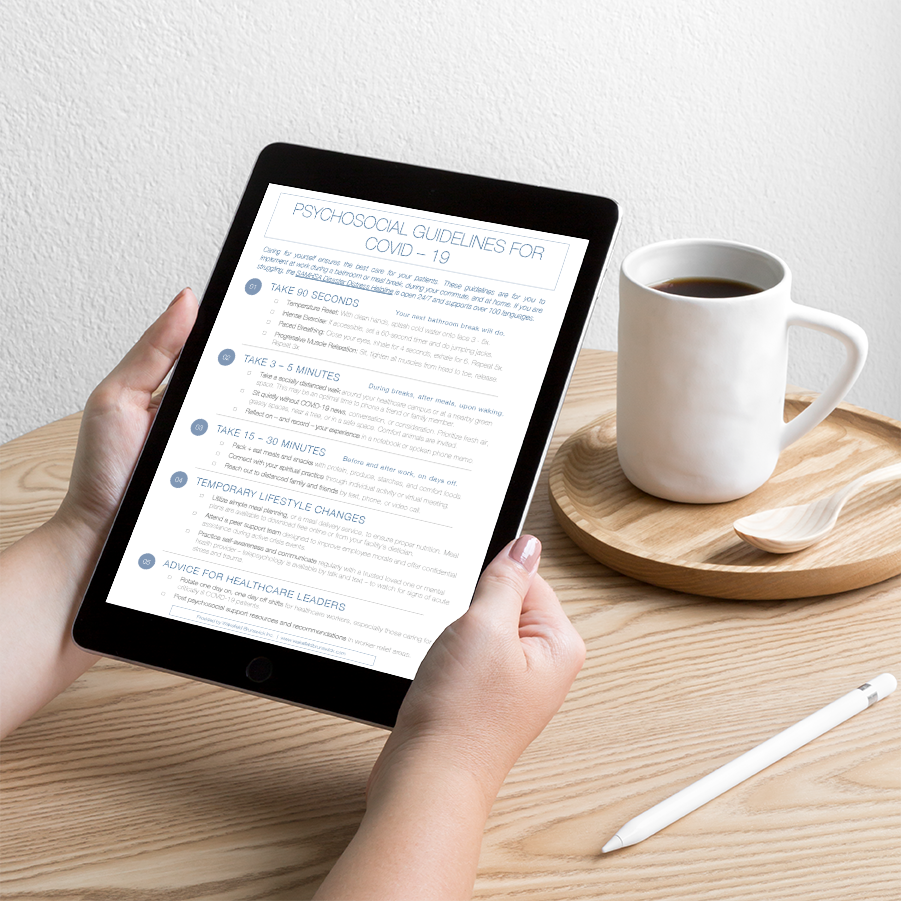We throw around terms like end-of-shift as if they matter — as if the actual end of a shift will somehow put a stop to the experiences, trauma, and memories we have accumulated while in-service.
If it were only that easy. Wouldn’t it be nice if the trauma accumulated during a shift could simply be stuffed into an emotional duffle bag, tucked away into the corner of a dark closet, and filed away under discarded memories scheduled for deletion, never to raise its ugly head when we least expect it?
The problem with the whole notion of end-of-shift is that it implies there is a beginning and an end to the vivid images replayed in our minds after the end of our shift. A finite horizon? Sadly, real life doesn’t work that way. So, please take care of yourself.
The healthcare emergency responder witnesses humanity at its most violent or vulnerable with little to no time to process the events before the next needs help. Throughout our shift, we experience uncertainty and risks to our personal safety and health with unsustainable surges of demand to care for others and inadequate downtime to process acute stress and work-related trauma. As a work-related injury, untreated acute stress and trauma do not go away on their own but progressively worsen, affecting job performance, patient safety, relationship issues, and self-harm.
Introduction by Hal Newman, Paramedic and Incident Response.
This is why we’ve created Psychosocial Coping Tips for Healthcare Workers.
A one-page guide to print and post on your fridge, tape to your glove box, or hang in the workers’ relief area at your healthcare facility. These strategies include options for 90 seconds, 3 - 5 minutes, 15 - 30 minutes, and temporary lifestyle changes to help you cope with the demands of a pandemic without compromising too much of your self-care.
Download our free one-page coping strategies for healthcare workers resource for support during the Coronavirus (COVID-19) pandemic.
Coping Strategies curated by Angie M. Santiago, CBCP, CISM, and Amelia Bartlett.
Warning Signs of Burnout in Healthcare Workers
Share these warnings signs with those close to you so they can help watch over you.
(Source: Willis, D. (2014). Bulletproof spirit: The first responder's essential resource for protecting and healing mind and heart.)
Isolation — Prefer work-related company or preferring isolation over friends, family, or significant others.
Irritability — Restless, agitated, and short-tempered using one- or two-word responses, “I’m fine” “Yes” to avoid deeper conversations.
Difficulty Sleeping — Interrupted sleep is a sign of not effectively processing acute stress and work-related trauma.
Anger – Using anger against those closest to you to avoid them or yourself to explore what you’re really experiencing.
Emotional Numbness — Compartmentalizing is a coping mechanism that can help you from falling apart during your shift, but it can lead to shutting down emotionally with no way to feel emotions leading to relationship problems.
Lack of Communication — Keeping your feelings inside, even if you don’t know what they are, can intensify depression, anxiety, anger, fear, and other emotions.
Cynicism, Distrust, and Loss of Work Satisfaction — When experiencing a work-related stress injury, you may also become dissatisfied at work, with your career choice, become distrustful and cynical which can lead to work performance or life issues.
Depression — If left untreated, the work-related acute stress can lead to clinical depression, substance abuse, domestic violence, and suicide.
Drinking as a Perceived Need or Habit — Alcohol abuse among health emergency and first responders is double the general population and only intensifies the unprocessed emotions while delaying healing.
Potential Psychosocial Coping Strategies for Healthcare Workers
Be self-aware. Monitor yourself or agree to have someone monitor you and make you aware that you may be exhibiting signs of work-related acute stress or trauma. Then believe yourself or another when they tell you that you are exhibiting those signs.
Do not suffer alone. Ask for help. If you are not comfortable talking to someone you know, the SAMHSA Disaster Distress Helpline is open 24/7 and supports over 100 languages.
Adapt work schedules to meet patient care needs but also allow healthcare workers to have adequate recovery between shifts such as rotating one day on one day off shifts.
Meet your basic needs during and after your shift. Be sure to take breaks, eat, drink, and rest. Eat healthier foods that sustain your energy longer. If you work in a hospital setting, reach out to your dietary department to provide energy-sustaining options. Whenever possible, allow yourself to do something unrelated to work which you find comforting, fun, or relaxing. Go for a walk. Connect to your comfort animal or nature by sitting on the grass or under a tree. Most importantly, give yourself permission to rest from tending to patients.
Establish or attend a peer support team designed to improve employee morale and offer confidential assistance during active crisis events. Peer support teams understand the daily stress of their professions and can be an integral part of healthcare worker’s overall wellness. While peer support can provide work-related support and resources, it should not be an alternative to seeking professional help for work-related acute stress, clinical depression, or relationship issues.
Keep connected with your family and friends. Spending time with friends and family outside of our profession helps keep you grounded while experiencing positive perspectives within your non-work life. They are your anchor of support outside the healthcare system. Sharing and staying connected may help them better support you. If you feel disconnected from your family and friends, seek help.
Connect with your spiritual practice, advisor, or clergy. If spiritual well-being is part of your normal routine. Many are offering virtual sessions and services.
Stay updated but avoid the constant barrage of information. Rely on trusted sources of information. Participate in meetings to stay informed of the situation plans and events. During times of crisis or acute stress, avoid satire or snarky misinformation. Do not surrender yourself to the rumor mill or snarky social media rantings.
When you have 30 minutes, try this:
The Skovholt Practitioner Professional Resiliency and Self-Care Inventory
Access the digital version via this link or download the self-care inventory which has been generously provided with permission from the Resilient Practitioner.
WE ARE CONSTANTLY UPDATING OUR FREE RESOURCE LIBRARY ON OUR WEBSITE…
View our COVID-19 Resource Collection and our Risk & Resiliency Resource List.
Upcoming updates will include lessons learned and resources regarding staffing, triggers for decision support, and continuity of operations.
Have a question? Send us an email at team@wakefieldbrunswick.com.
WORK COLLABORATIVELY. ACT DECISIVELY.
The WB Team
Disclaimer: We at Wakefield Brunswick feel strongly that in order to effect positive outcome change in this critical time, conveying information in a timely manner is critical. We will continue to follow the advice of medical experts and to disseminate actionable information as fast as possible. We further understand that this will necessitate periodic revisions and clarifications of some of our recommendations. Please remain flexible to update your protocols with these modifications if and when they become necessary.

